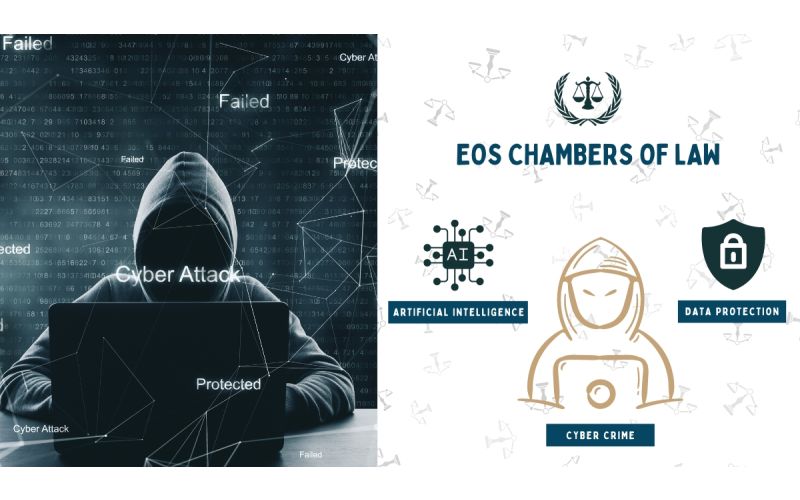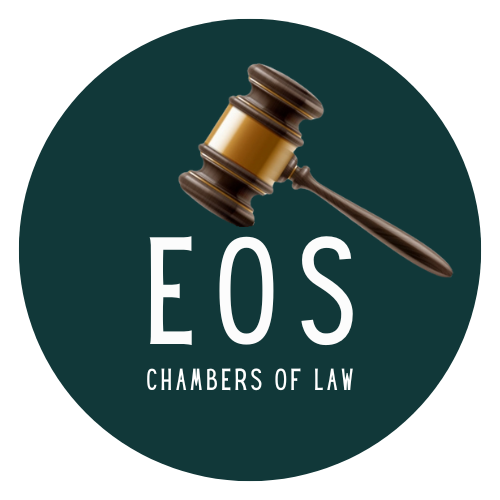An Exegesis On Criminal Offences: A Legal Discourse From The

An Exegesis On Criminal Offences: A Legal Discourse From The Pinnacle Of The Indian Judiciary
Index:
Introduction
Understanding Criminal Offences
2.1 Petty Offences
2.2 Cognizable Offences
2.3 Non-Cognizable Offences
Consequences of Criminal Offences
3.1 Legal Consequences
3.2 Social and Personal Impact
3.3 Societal Costs
Conclusion
————————————
- Introduction:
Criminal offenses encapsulate acts that transgress established laws and regulations, warranting punitive measures imposed by the Indian legal system. The repercussions of criminal conduct are profound, impacting individuals, communities, and the societal fabric. This exposition aims to provide a comprehensive overview of criminal offenses, their classification, and the potential consequences as per the Indian judicial framework.
- Understanding Criminal Offences:
Criminal offences encompass a broad spectrum of illicit activities, ranging from minor infractions to grave felonies. They are primarily classified into three key categories as per the Indian legal milieu: petty offences, cognizable offen es, and non-cognizable offenses.
2.1 Petty Offences:
Petty offences refer to minor transgressions that are typically punishable by nominal fines or community service. Examples include traffic violations, littering, or public disturbances. While relatively less severe, these offences attract penalties and may result in the accrual of demerit points on a driver’s record or other associated consequences. The objective behind penalizing petty offences is to ensure public order and maintain discipline.
2.2 Cognizable Offences:
Cognizable offences represent more serious transgressions, necessitating immediate police intervention, and investigation without a warrant. They entail grave criminal acts such as theft, assault, or drug abuse. Cognizable offences carry substantial penalties, including imprisonment, fines, or both, as prescribed by the relevant provisions of the Indian Penal Code (IPC). These offences pose a significant threat to public safety, and prompt action by law enforcement agencies is crucial for maintaining law and order.
2.3 Non-Cognizable Offences:
Non-cognizable offences are less serious in nature, requiring a formal complaint to initiate the investigation process. These offences encompass actions like defamation, forgery, or breach of trust. Punishments for non-cognizable offences include fines or imprisonment, as prescribed by the IPC or other relevant statutes. Non-cognizable offences primarily involve private disputes, and the initiation of legal action is dependent on the aggrieved party’s complaint.
- Consequences of Criminal Offences:
The consequences of criminal offences extend beyond the immediate penalties imposed by the Indian legal system, exerting lasting effects on individuals, families, and the wider society.
3.1 Legal Consequences:
Criminal offences carry significant legal ramifications. Convictions may result in custodial sentences, probation, mandatory counseling, or restitution orders. The severity of the punishment depends on the nature and gravity of the offence. Additionally, individuals with criminal records may face hurdles in securing employment, obtaining bail, or availing themselves of certain governmental benefits. Legal consequences not only serve as a deterrent to potential offenders but also seek to rehabilitate and reintegrate offenders into society.
3.2 Social and Personal Impact:
Criminal offences bear a pronounced social stigma, impeding personal relationships and societal integration. The erosion of trust, reputation, and social standing necessitates arduous efforts at rehabilitation. Furthermore, individuals engaged in criminal conduct often experience adverse psychological and emotional consequences, including guilt, shame, and ostracization. Rebuilding one’s life after committing a criminal offence requires not only legal assistance but also support from family, friends, and social welfare organizations to facilitate the reintegration process.
3.3 Societal Costs:
Criminal offences impose substantial financial burdens on society. These encompass expenses related to law enforcement, judicial proceedings, incarceration, and rehabilitation programs. Moreover, communities afflicted by crime may endure economic downturns, diminished property values, and a deteriorating quality of life. The cost of crime prevention, victim support services, and the maintenance of correctional facilities weighs heavily on the state’s resources. Addressing the societal costs of criminal offences necessitates a multifaceted approach involving investment in education, employment opportunities, and community development to prevent crime and promote social well-being.
Conclusion:
Criminal offences span a wide array of illicit activities, contravening established laws within the Indian judicial framework. From petty offences to grave felonies, these transgressions exert far-reaching consequences for individuals and society at large. Familiarity with the diverse offence classifications and their attendant ramifications assumes paramount importance in upholding the tenets of justice. By fostering awareness, implementing preventive measures, and embracing rehabilitation, we can strive towards a safer and more harmonious society. The collective efforts of the legal system, community organizations, and individuals play a pivotal role in curbing criminal conduct and promoting the rule of law.
Post Categories
Featured Posts
Latest Posts
Latest Posts

Parliament Passes Forest Conservation Amendment Bill...
After opposition walked out over their demands for discussion on Manipur Violence the Rajya Sabha passed the contentious Forest Conservation Amendment Bill today It aims to amend certain provisions under the Forest Conservation Act to extend and exempt...

Startups and Legal Compliance A Guide to Navigating Indian Laws...
Starting a business in India is an exciting journey filled with opportunities and challenges One critical aspect that often poses a challenge for startups is navigating the complex landscape of legal compliance Understanding and adhering to the various laws and...

Why Are You Being So Patriarchal Supreme Court Asks Centre Over Denial Of Permanent...
The Supreme Court on Monday February pulled up the Central Government over the denial of Permanent Commission for women officers in the Indian Coast Guard ICG nbsp The bench led by nbsp Chief Justice of India DY Chandrachud nbsp hearing...

AI Data Protection and Cyber crime Navigating Through the Nexus...
It was the dawn of the Digital Revolution in the latter half of th century that started to reshape the world But with the advent of AI data protection and cybersecurity have become paramount concerns for individuals businesses and governments...

BREAKING Supreme Court Issues Fresh Guidelines For Senior Designation Previous Applicants Required To Update...
The Supreme Court has issued fresh guidelines for the designation of senior advocates following the May judgment in nbsp Indira Jaising vs Supreme Court nbsp which modified the criteria for senior designation The Court has directed that Advocates-on-Record Advocates who...

Speak With Our
Get a Appointment

















